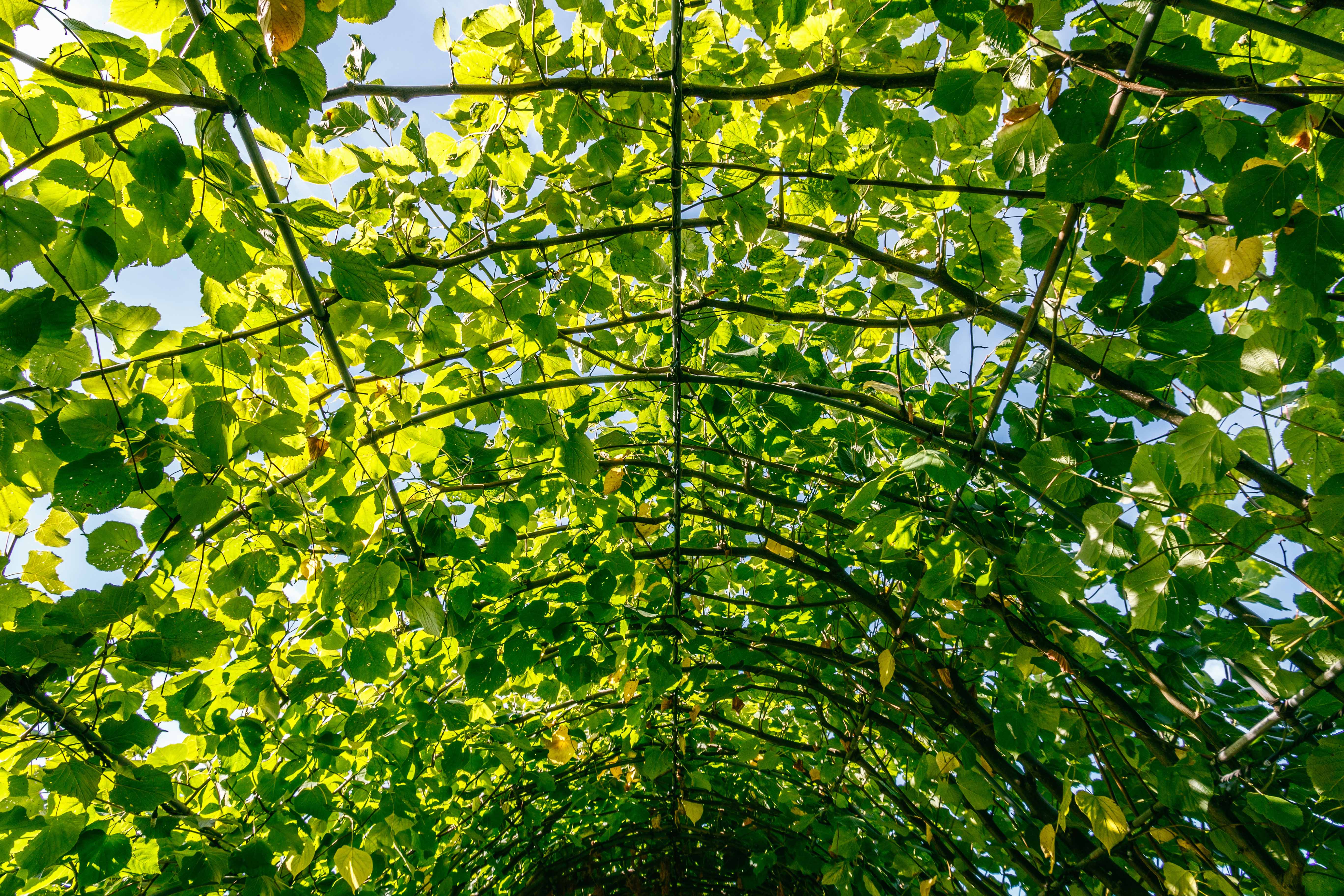A pergola is a shelter that provides protection against the sun. And where there's a pergola, there's decoration. In addition to the design and composition of its structure, its colour and elements are very attractive. And what is more aesthetic and decorative than a rose bush? Bucolic and charming, a climbing rose will fill your garden paths with fragrance and embellish your home. In this article, we explain how to attach a climbing rose to your pergola.
The basic rules for attaching a climbing rose
The first thing to consider when you want to attach a climbing rose to a pergola is that it is not a real climber. In fact, it uses its thorns to cling to a surface, but you will have to help it if you want it to climb without difficulty. For this:
- either you can use flexible ties every 40 to 50 cm to maintain the rose and trail it in the desired direction on your pergola,
- or you can create a system of horizontal wires for the rose to flourish on.
A climbing rose is quite a heavy plant. It is better to ensure that the structure is able to support its weight. The pergola must be built of sturdy materials and must be firmly anchored to the ground. Climbing roses need a well-ventilated space. Take care to plant their roots at a distance of 20 to 30 cm from the pergola. This way, the rose will have enough room to develop. As for exposure, roses are fond of sunny locations. So, prefer a southern exposure. If your pergola is located in a warm region, find it a partially shady place in order to prevent its leaves from burning.
A climbing or a rambling rose?
There are certain differences between climbing and rambling roses:
- climbing roses flower several times a year, contrary to its rambling cousins, which only flower once;
- a climbing rose is not necessarily a climber;
- climbing roses grow high;
- rambling roses should be pruned very little.
For a longer bloom period, choose a climbing rose, but make sure that it really is a climber!
Which type of rose should you plant for your pergola?
Here is a small selection of roses that will enable you to flower your pergola all summer:
- the 'Lady of the Lake' can climb up to 4 metres for a spread of 150 cm. It is very resistant against diseases and frost (up to -25 °C); the 'Musquée sans Soucis' requires no care and yields small orange fruit in autumn;
- the 'Petit bonheur' has few thorns and climbs up to 2.5 metres. It produces clusters of flowers and is very resistant to disease and frost. It is ideal to flower pergolas and arbours;
- the 'Albrighton rambler' is a good climber that can reach up to 5 metres and produces thick flowers that resist rain;
- the 'Phyllis Bide' rose climbs 2 to 3 metres and produces small flowers that change colour.
How to attach a climbing rose to your pergola
Now that you know which climbing rose to plant near your pergola, here are the steps to follow for it to flourish with no problem. Ensure that the location where you want your rose to climb is semi-shaded. Then plant your rose at least twenty centimetres from the post or wall, as indicated at the beginning of this article. Place the roots at an oblique angle to enable the main branches to naturally trail towards the wall or post. It is preferable to bury the graft union to a depth of about 2 cm, which will protect it from the cold. However, it is useless to bury it if you live in a warm region with damp soil. Good to know: as most of today's roses are grafted, the graft union is the scar that forms on the trunk, below the first branches. When the branches reach 40 cm, you can attach the new shoots to the support in a very flexible way to avoid damaging your rose. If after the first year you wish to train the rose horizontally, choose a few rather sturdy branches and attach them horizontally every 20 cm. Good to know: horizontally training climbing or rambling roses favours the production and development of new branches. Climbing roses should not be pruned during the first three years. After this, you prune them every spring.


